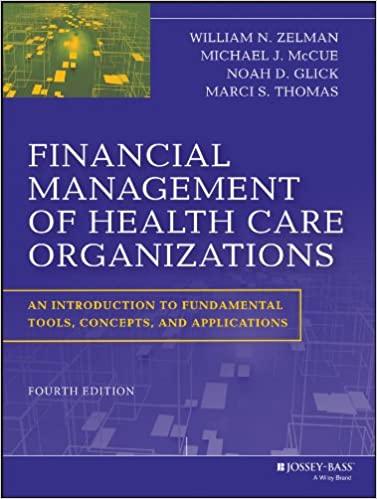



Determine the future value of the following single amounts (FV of $1, PV of $1, FVA of $1, PVA of $1, FVAD of $1 and PVAD of $1) (Use appropriate factor(s) from the tables provided.) (Round your final answers to nearest whole dollar amount.): Invested Amount i = n = Future Value 1. $ 6% 15 2. $ 8% 14 20,000 32,000 44,000 65,000 3. $ 9% 18 4. 6% 15 Determine the present value of the following single amounts (FV of $1, PV of $1, FVA of $1, PVA of $1, FVAD of $1 and PVAD of $1) (Use appropriate factor(s) from the tables provided.) (Round your final answers to nearest whole dollar amount.): Future Amount i = n = Present Value 1. $ 6% 11 2. $ 10% 14 25,000 19,000 30,000 45,000 3. $ 12% 29 4. 11% 10 John Rider wants to accumulate $55,000 to be used for his daughter's college education. He would like to have the amount available on December 31, 2023. Assume that the funds will accumulate in a certificate of deposit paying 8% interest compounded annually. (FV of $1, PV of $1, FVA of $1, PVA of $1, FVAD of $1 and PVAD of $1) (Use appropriate factor(s) from the tables provided.) Answer each of the following independent questions. Required: 1. If John were to deposit a single amount, how much would he have to invest on December 31, 2018? 2. If John were to make five equal deposits on each December 31, beginning a year later, on 31, 2019, what is the required amount of each deposit? 3. If John were to make five equal deposits on each December 31, beginning now, on December 31, 2018, what is the required amount of each deposit? (For all requirements, Round your final answers to nearest whole dollar amount.) 1. Amount 2. Annuity amount Annuity amount 3. Alex Meir recently won a lottery and has the option of receiving one of the following three prizes: (1) $84,000 cash immediately, (2) $31,000 cash immediately and a six-period annuity of $9,100 beginning one year from today, or (3) a six-period annuity of $16,400 beginning one year from today. (FV of $1, PV of $1, FVA of $1, PVA of $1, FVAD of $1 and PVAD of $1) (Use appropriate factor(s) from the tables provided.) 1. Assuming an interest rate of 5%, determine the present value for the above options. Which option should Alex choose? 2. The Weimer Corporation wants to accumulate a sum of money to repay certain debts due on December 31, 2027. Weimer will make annual deposits of $165,000 into a special bank account at the end of each of 10 years beginning December 31, 2018. Assuming that the bank account pays 6% interest compounded annually, what will be the fund balance after the last payment is made on December 31, 2027










